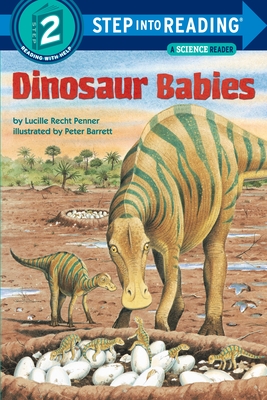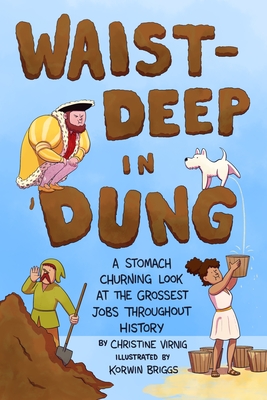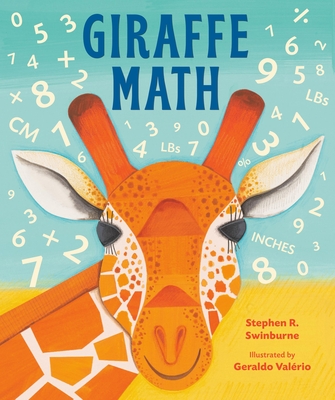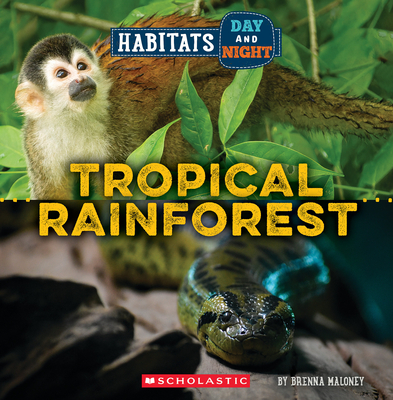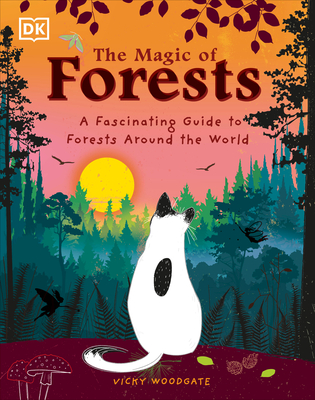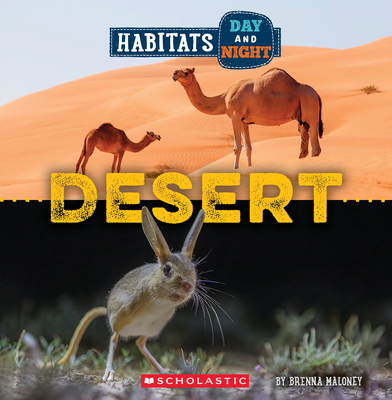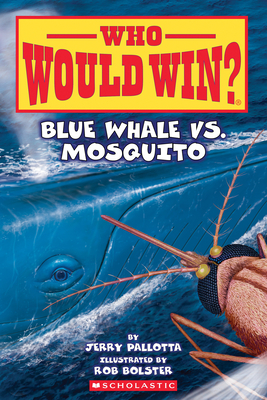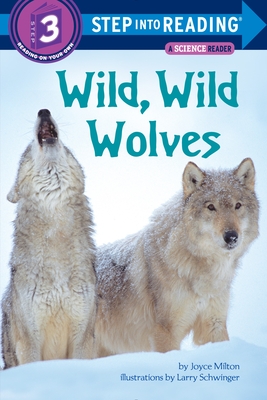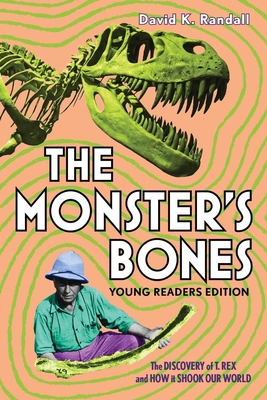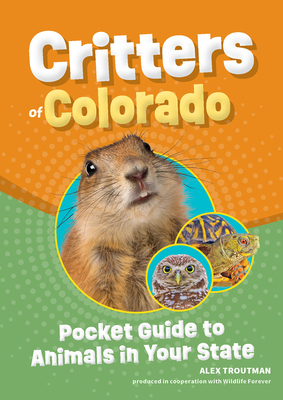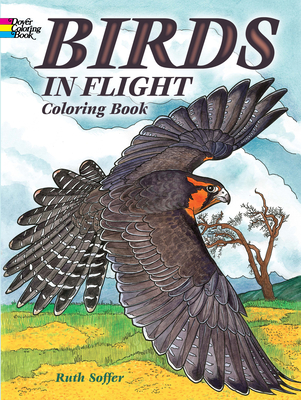
Insectopia: The Wonderful World of Insects (Large Encyclopedias)
Description
A sequel to Atlas of Extinct Animals and Atlas of Endangered Animals, this large-format encyclopedia focuses on the world's largest group of animals--insects.
Insects are the most diverse and abundant creatures on Earth, yet we often overlook their critical role in our ecosystem. Insectopia, the third book in the Large Encyclopedias series, invites young readers to explore the fascinating world of insects with expert entomologist Jiř Kolibac and the stunning illustrations of Pavel Dvorsky and his wife Pavla Dvorsky.
With 96 pages of engaging content and lifelike full-page illustrations, Insectopia provides an immersive journey into the realm of these tiny creatures, whose behavior, shapes, and colors surprise us with their complexity. Kids will learn about the full range of topics related to insects, including complex rituals of courtship, tender care for offspring, organization of insect states, wars over food sources, and various insect features (scents, colorful wings, sharp mandibles, etc.).
Sections include:
- Anatomy and Body Structure of Insects: How insects have a segmented body with a hard exoskeleton.
- Orders of Insects: The best-known groups of winged insects and their common and scientific names.
- Biology and Development of Insects: How insects undergo various metamorphoses.
- Evolution of Insects: The evolutionary relationships of insects.
- Evolutionary Tree of Insects: A tree graph showing the evolutionary relationships among different insect groups.
- Dawn of the Insects: The evolution and diversification of insects during various periods, including the emergence of flight and the extinction of certain insect orders.
- Diversification of Insects: The development of insect life through different geological periods, including their coevolution with plants and their rise to dominance.
- Courtship and Nuptial Gifts: How male insects often present a nuptial gift to the female, who chooses the suitor with the largest or most alluring gift.
- Adapting to Island Life: How isolated islands are home to unique plants and animals, some of which undergo insular gigantism, and are threatened by introduced predators.
- Fighting for the Female: Insects often engage in contests to produce offspring with a female, with the best-performing male often winning.
- Flying Acrobats: Dragonflies are ancient predators with exceptional flying abilities.
- The Short Life of the Mayfly: Mayflies have a brief lifespan of just a few hours to a few days, during which they mate, lay eggs, and die.
- Insect States: Termites live in large colonies with specialized castes, with worker termites providing food and defense and soldier termites fighting spraying predators.
- Slave-Makers, Slaves, and Warriors: Ants engage in aggressive behavior and interspecies wars.
- Courtship in the Hills: Insects gather on the tops of hills to find a mate, with males competing for the most visible spots, and this also attracts insectivorous birds and predators.
- Life in Darkness: Caves are home to uniquely adapted insects that are fairly different than those that live in the daylight.
- Farmer Ants: How large ant colonies are complex "state" organizations comprised of workers, soldiers, a queen and her entourage, nurses, foragers, and other occupations.
- Coexistence: How anthills are places where ants and other insects form complex relationships of mutual benefit or parasitism.
In addition to exploring this complex world of insects, young readers will also discover the importance of insects to humankind and all life on our planet. They will learn about how insects are found everywhere, from arid deserts to freshwater pools, and how they play a crucial role in pollination, decomposition, and pest control.
Written for children aged 12-15 who are nature lovers, biology enthusiasts, or just curious about the world around us, Insectopia is an essential addition to any young reader's library. This informative and beautifully illustrated encyclopedia highlights the importance of insects and their contribution to our world. Whether used as a reference for school or as a fun read at home, Insectopia is a must-have resource for any young nature lover.

